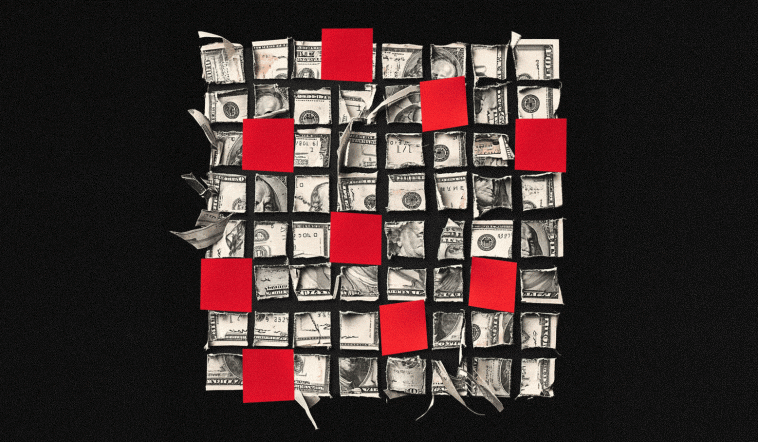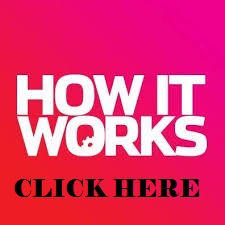By Krystal Scanlon • March 31, 2025 •
Ivy Liu
Despite previously stating it’s an ad-free zone, Substack — like many other platforms before it — is no longer ruling out advertising.
“For us, advertising is an interesting business,” Hamish McKenzie, Substack’s co-founder and chief writing officer, told Digiday. “Maybe some way off in the distant future.”
Call it a reality check — a realization that growing a platform is an expensive business, even one that takes a 10% cut of the money subscribers pay their favorite writers. There’s only so much growth that can come from reader revenue. Whereas ads, when done right, promise scale, margins and the kind of financial upside that’s hard to ignore for long.
But that “done right” caveat is exactly why Substack has hesitated. Bad ads can alienate users. And when a business is built on trust and loyalty like Substack, that’s a risk they can’t afford to take lightly.
“Ad revenue can help subsidize lower subscription fees or bring a newsletter into profit,” said Jamie MacEwan, senior research analyst at Enders Analysis. “At the same time there’s never been more competition in the newsletter market, so there is pressure to remove restrictions any of these authors may be feeling, as we’ve seen with Beehiiv’s recent introduction of ads.”
Should Substack turn its interest in ads into intent, it would be a familiar arc: platforms resist ads, then reconsider. Substack would be another on a list of platforms that have done just that. Take BeReal, for instance. It was anti-advertising for nearly four years, but has since made a U-turn after it was bought by French mobile apps and games publisher Voodoo in June 2024. The same goes for Netflix, Instagram, Reddit — they were all once anti-ads (or ad-skeptical) only to reverse course.
However, according to McKenzie, if ads did come to Substack they would likely be focused around the publications, podcasts and the shows published on Substack, rather than on social media features and network features.
“The point of the social networking features [on Substack] is to drive growth for the creators, the publishers, the writers and podcasters to create more deep relationships,” McKenzie explained. “It’s not to create a really addictive doom scroll feed that we can then monetize with advertising.”
Currently, a growing number of writers on Substack host sponsored content on their publications — with the plus side being the writers can charge their own fees and diversify their own revenue. With that said, they’re also lumbered with the added work and pressure of contract negotiations, as reported by the Wall Street Journal.
But this isn’t an unsolvable problem. Other platforms have poured resources into solving issues exactly like this, building ad tech and creator tools that streamline processes, reduce friction and make it easier for advertisers to tap into content at scale.
“Newsletters may be a small part of the ads market, but they can provide an attractive option to up-market or B2B advertisers, as audiences tend to be more affluent and feel a strong connection to the author and the topic, which is presented in a premium context,” MacEwan said.
Ad-free platform Substack isn’t ruling out ads after all
Substack has realised that that growing a platform is an expensive business, even if it does take a 10% cut of the money subscribers pay.
More in Marketing





GIPHY App Key not set. Please check settings